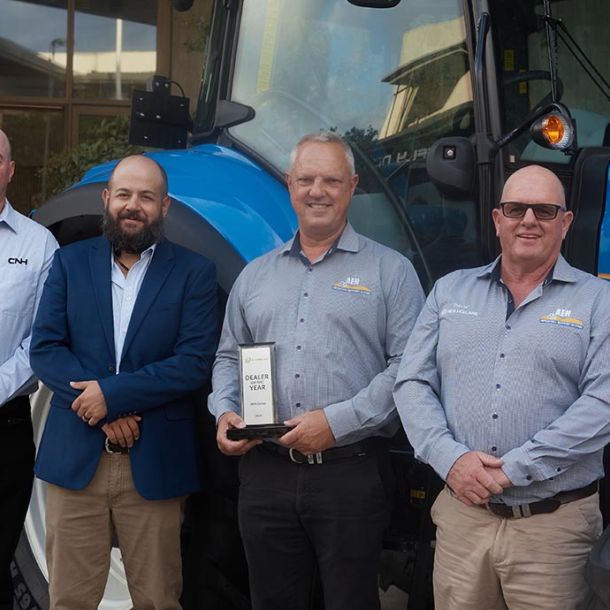Time To Think Lime
Have you got a plan to address acid soils?
Even in conservation farming or no-till programs, strategic tillage can be used for various reasons, but lime incorporation is one of the most compelling.
Applying lime to the subsoil through incorporation with a suitable tillage machine ensures the lime can react with the soil to give the benefits needed for optimum plant growth. Just spreading lime on the soil surface is not recommended, as it may take years for surface-applied lime to do the job, and crop yields may suffer in the meantime.
So if you are preparing to cultivate the soil for this coming season, now is the time to consider whether lime will benefit the coming crop and those that follow.
Assess the need
Soil acidification has been recognised by all state agricultural agencies as a growing problem in Australian cropping and grazing regions. The reasons can be quite complex, but are associated with clearing of native vegetation, movement of groundwater and the geology of a catchment, and the focus on annual crops over perennials.
Ironically, a buildup of soil organic matter, while overwhelmingly beneficial, can eventually lead to soil acidity.
Some crops are much more sensitive to acid conditions than others. Some crops are much more sensitive to acid conditions than others. Cereal crops are more tolerant, while pulse crops such as lentils and faba beans are acid-sensitive. These crops can indicate early the areas that need to be tested for acidity, especially in the subsoil. Until they are grown, however, it is possible for any acidity issues to remain hidden. But by that time, even yields of tolerant crops will have suffered yield losses.
Symptoms in the crop can be confusing, as they may look similar to drought stress or nitrogen deficiency, however, those problems will often occur across the whole paddock, whereas soil acidification is typically patchy.
To assess the need for lime, state agencies have a range of useful tools and calculators available to farmers. These can show the cost of lime, how much return you can receive by investing in lime and also how much lime is needed to treat a paddock for an initial ‘fix’ and then by applying maintenance levels over following years. A single initial application can give benefits that may last up to five years.
A simple soil testing kit is useful, but both topsoil and surface soil in each horizon should be tested to give an accurate indication of the need for lime. Results below a pH of 5.5 will signal a need to raise the levels with lime.
Getting the lime into the soil
Lime moves into the soil very slowly, and if not incorporated can lie, inactive, on the soil surface for a long time. There is no doubt that incorporation, where possible, is the best way of getting the benefits from applying lime.
The neutralising value of lime and its ability to dissolve depends on its fineness and purity, so the source of lime that you use will also be important.
Research has shown that strategic tillage to incorporate lime will speed up the effectiveness of the lime and help neutralise subsurface acidification.
Machinery to incorporate lime is available, and the ideal machines, specifically developed for strategic tillage and lime incorporation are K-Line Ag’s Speedtiller® and Flexi-Mulch® disc tillage implements. Designed in Australia for Australian farmers, these machines are among a suite of implements developed by K-Line Agriculture that will help reverse the problem of acid soils by incorporating lime into the soil where it can do its work.








